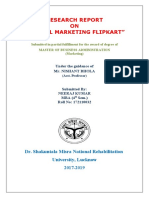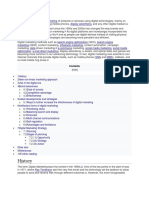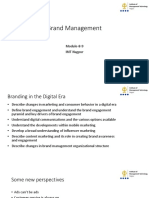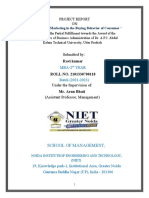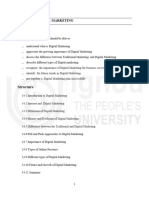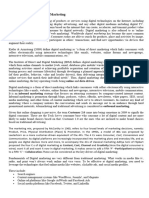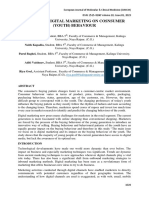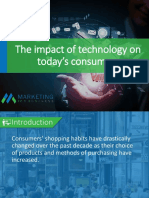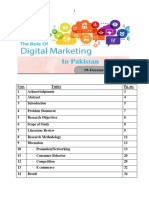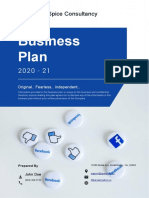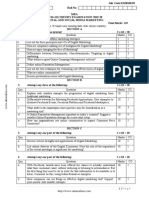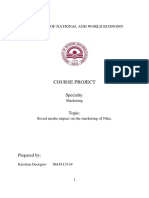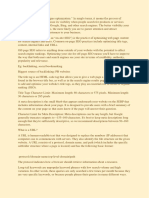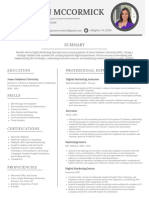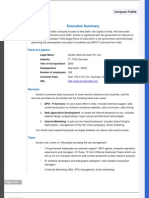0% found this document useful (0 votes)
11 views13 pagesUnit 1 Notes
Unit 1 introduces digital marketing, highlighting its evolution from traditional methods and the importance of understanding modern consumer behavior. It discusses the shift towards digital channels, the impact of online consumer research, and the necessity for businesses to adopt an omni-channel strategy. Additionally, it outlines various types of digital consumers and emphasizes the role of interactive marketing and viral strategies in engaging customers.
Uploaded by
anushkajahvnaviCopyright
© © All Rights Reserved
We take content rights seriously. If you suspect this is your content, claim it here.
Available Formats
Download as PDF, TXT or read online on Scribd
0% found this document useful (0 votes)
11 views13 pagesUnit 1 Notes
Unit 1 introduces digital marketing, highlighting its evolution from traditional methods and the importance of understanding modern consumer behavior. It discusses the shift towards digital channels, the impact of online consumer research, and the necessity for businesses to adopt an omni-channel strategy. Additionally, it outlines various types of digital consumers and emphasizes the role of interactive marketing and viral strategies in engaging customers.
Uploaded by
anushkajahvnaviCopyright
© © All Rights Reserved
We take content rights seriously. If you suspect this is your content, claim it here.
Available Formats
Download as PDF, TXT or read online on Scribd
/ 13
